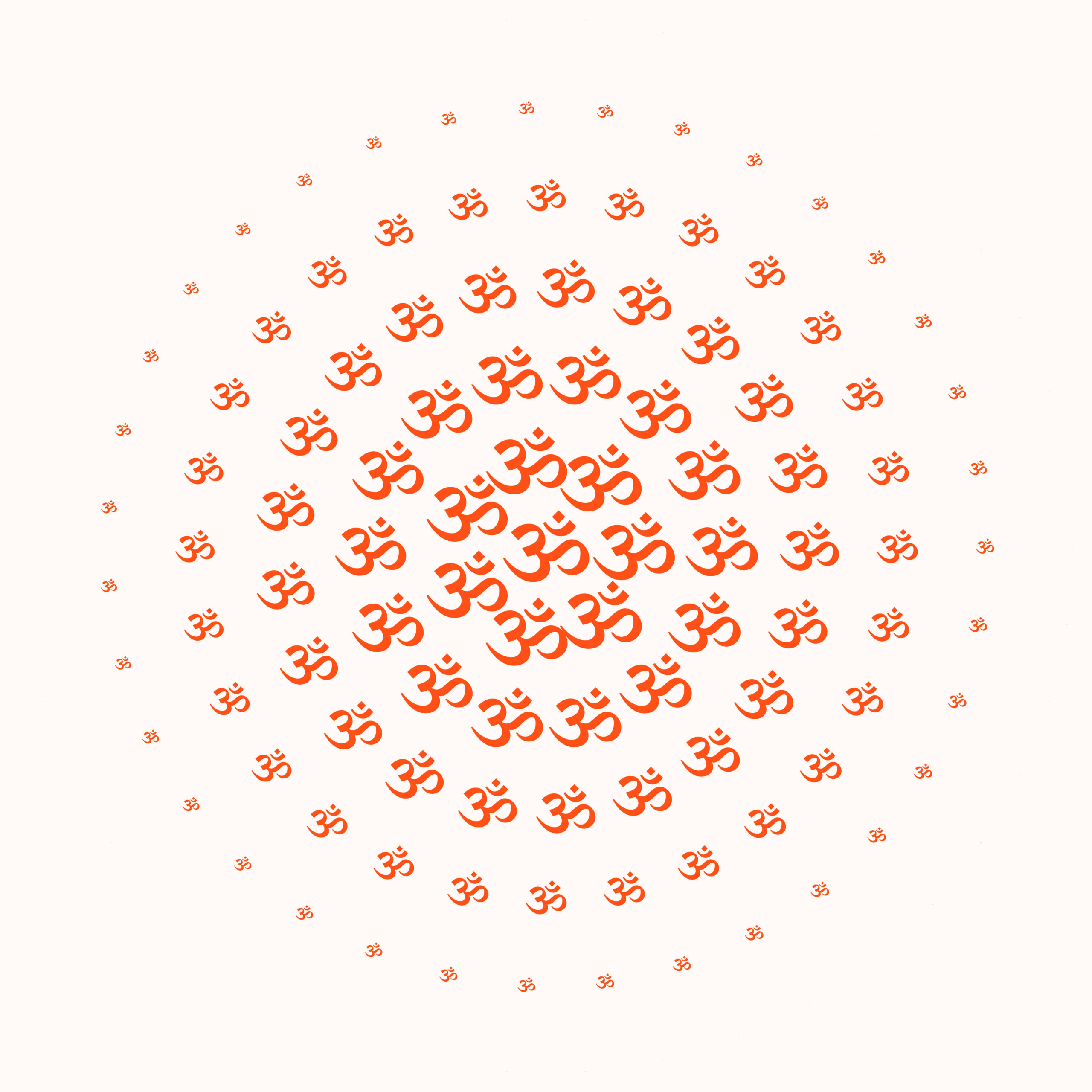The Samaveda, one of the four canonical texts of the Vedas, holds a unique and profound place in the ancient scriptures of Hinduism. Derived from the Sanskrit words “sama” (meaning “melody” or “song”) and “Veda” (meaning “knowledge” or “wisdom”), the Samaveda can be understood as the “Veda of chants” or the “knowledge of melodies.”
The Samaveda is a collection of sacred verses and hymns primarily intended for musical recitation during Vedic rituals. It is often described as the “sung Veda” due to its emphasis on melodic chanting and the musicality inherent in its composition. The hymns of the Samaveda are taken from the Rigveda but are arranged in a musical form, with specific notations known as svaras assigned to each syllable.
The structure and arrangement of the Samaveda hymns revolve around three key components: the verse (rik), the melody (saman), and the chant (yajus). The verses are borrowed from the Rigveda and contain rich poetic and philosophical content. The melodies, known as samans, are sung in a particular musical style called Sama Veda chanting, which involves intricate variations in pitch, rhythm, and intonation. The chants, or yajus, are the rituals and sacrificial formulas associated with the hymns, which guide the performance of the rituals.
An example of the utilization of the Samaveda can be found in the Soma sacrifice, an ancient Vedic ritual that involved the preparation and consumption of a sacred drink known as soma. The hymns from the Samaveda were chanted during the Soma sacrifice, enhancing the ritualistic experience and creating a harmonious connection between the divine and human realms. These melodic chants, accompanied by the rhythmic beat of drums and other musical instruments, were believed to invoke the presence of deities and facilitate a spiritual communion.
The Samaveda is renowned for its intricate and complex musical notations. The ancient Indian musical system known as Sama Veda chanting relies on a precise understanding of these notations, which indicate the pitch, duration, and modulations of each syllable. This sophisticated musical tradition has been passed down through generations of Vedic priests and musicians, ensuring the preservation of the Samaveda’s unique musical heritage.
The Samaveda also reflects the philosophical and spiritual insights of the ancient seers and poets. The hymns explore themes such as the nature of reality, the pursuit of truth, the unity of existence, and the divine nature of the cosmos. They express reverence for various deities, including Agni (the god of fire), Indra (the god of thunder and rain), and Soma (the personification of the sacred soma plant), among others.
Furthermore, the Samaveda holds a profound belief in the power of sound and its capacity to resonate with cosmic vibrations. It recognizes the transformative potential of music and the melodic recitation of hymns to uplift and purify the human spirit. The melodic chants of the Samaveda were believed to create an atmosphere of spiritual resonance, enabling individuals to attune their consciousness to the cosmic harmonies and invoke higher states of consciousness.
In terms of its structure, the Samaveda consists of two main parts: the Purvarchika (or the First Archika) and the Uttararchika (or the Second Archika). The Purvarchika contains the hymns borrowed from the Rigveda, while the Uttararchika consists of additional verses and explanatory passages. The organization of the Samaveda is further categorized into various sections called “Ganas” and “Archikas,” each with its specific hymns and melodies.
Beyond its ritualistic and musical aspects, the Samaveda has significant cultural and historical implications. It provides insights into the social, religious, and philosophical milieu of ancient Vedic society. The study of the Samaveda contributes to our understanding of the evolution of Indian music, the development of musical notation systems, and the cultural exchanges that took place between ancient civilizations.
In summary, the Samaveda stands as a remarkable repository of melodious hymns and chants, enriching the ancient Vedic rituals with its musicality and spiritual depth. Its intricate melodies, musical notations, and philosophical themes offer a glimpse into the profound connection between sound, spirituality, and the pursuit of divine communion. The Samaveda remains a testament to the vibrant musical heritage and profound wisdom of the ancient seers and serves as an enduring source of inspiration in the realms of music, spirituality, and cultural heritage.
